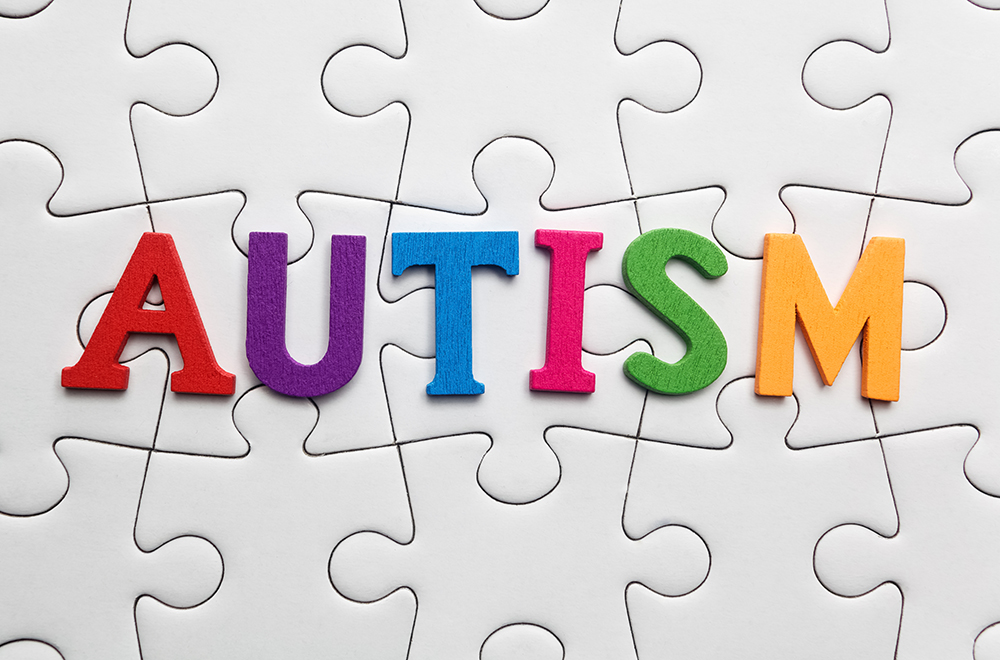Australia’s first national guideline for the assessment and diagnosis of autism has been released. It outlines processes for both diagnostic decision-making and the comprehensive assessment of individual support needs. It includes the step-by-step, best-practice process for conducting an autism assessment, supported by case examples and templates.
To date, the processes for the clinical assessment and diagnosis of autism have varied considerably and the guideline aims to create greater consistency in autism assessment and diagnostic practices across the country.
Autism CRC chief research officer, Professor Andrew Whitehouse said the guideline has been developed in close consultation with the clinical, autistic and broader autism communities. “Work will now be undertaken to ensure this guideline is adopted and implemented by clinicians and services across Australia who are involved in autism assessment and diagnosis. This will ensure everyone can receive the best evidenced diagnostic practices, regardless of their age or location, and make informed decisions about next steps.”
While diagnosis is an important step to help families identify the presence of a given health or medical condition, it is critical to understand not just the presence or absence of clinical diagnoses, but also the individual’s unique strengths and support needs, Whitehouse said.
“For this reason, the guideline emphasise the importance of a comprehensive needs assessment, recommending this takes place at the earliest possible stage. A comprehensive needs assessment, including an assessment of functioning and medical evaluation, allows the individual and their family to be linked to the appropriate supports. To ensure we have the most appropriate tools for comprehensive needs assessments and diagnosis, it is essential that we continue to evaluate tools emerging from research for application in the Australian context, such as the PEDI-CAT (ASD),” he said.
Autism CRC will keep a record of all professionals who download the guideline and keep them informed whenever new or updated resources become available to support implementation. To obtain a copy of the national guideline visit: www.autismcrc.com.au/national-guideline

